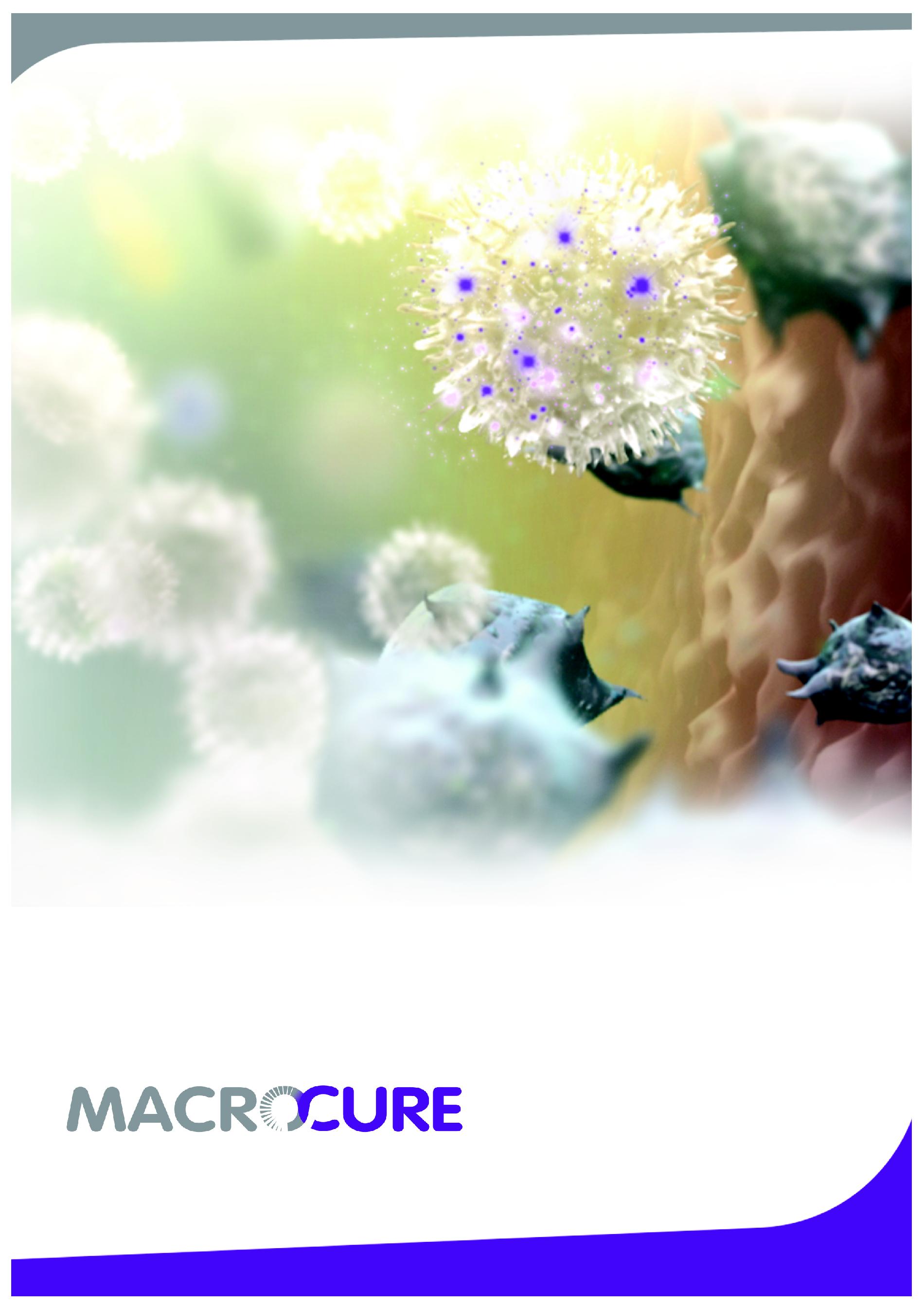Proof-of-Concept Study on the Treatment of Anal Fissures. This study was a post-marketing, observational, open-label, proof-of-concept study conducted in Israel in 2008 and 2009. Patients were followed for fissure closure for four weeks. In 40%, or two out of five patients, the fissures were completely closed within four weeks from treatment. Two other patients experienced pain relief and a decrease in size of the wound. No adverse events were reported.
Prophylaxis of Post-Sternotomy Incision Site Infection Study. This study was a post-marketing, prospective, controlled, randomized, single-blind study conducted in Israel in 2007. In this study, 64 patients undergoing cardiac surgery were randomized to either CureXcell with standard of care treatment or standard of care treatment alone; 33 patients were in the CureXcell treated group and 31 patients were in the control group. Patients were followed for infection at the incision site throughout the study period of three months after hospital discharge. In the CureXcell treated group, 3.0%, or one of 33, of the patients experienced a deep sternal wound infection, compared to 16.1%, or five of 31, of the patients in the control group. No product-related SAEs were observed in this study.
Treatment of Wounds with Exposed Bone Study. This study was an observational, open-label, Phase 4 study conducted in Israel in 2006 and 2007. Six patients suffering from chronic wounds with exposed bone and refractory to other treatments were treated with CureXcell. Patients were followed until full wound closure was obtained. Five out of six, or 83.3%, of the wounds were closed within four to ten weeks. Additionally, no product-related adverse events were observed in the treated patients.
Hard-to-Heal Pressure Ulcers Study. This study was a historically prospective, Phase 4, open-label, non-parallel study conducted in Israel from 2004 through 2006. In this study, patients were treated with a standard of care treatment during the first year of the study and, during the second year of the study, patients were treated with CureXcell. The investigators designed the study in this manner to reduce the seasonal effect of wound-healing, as patients of each group were treated throughout the entire year. A total of 100 patients with stage III-IV pressure ulcers were enrolled into the study, out of which 66 patients were treated with CureXcell and four patients were included in both groups at different time periods. Patients were eligible if they suffered from at least one pressure ulcer at stage III-IV, and all patients were hospitalized, with most suffering from multiple co-morbidities and generally poor health. Patients were followed for complete wound closure and time to wound closure.
Of the ulcers treated with CureXcell in this study, 69.5%, or 98 out of 141, achieved wound closure compared to 13.3%, or 10 out of 75, of the ulcers in the control group (p<0.001). In addition, 59.1%, or 39 out of 66, of the patients treated with CureXcell achieved complete wound closure in comparison to 5.3%, or two out of 38, of the control patients (p<0.001). Also, a faster median healing time of 87.0 days was noted in patients treated with CureXcell when compared to a median healing time of 117.7 days in the control group, though this difference was not found to be statistically different.
For the different population subsets studies (patients with diabetes mellitus, patients with lower leg pressure ulcers, and patients with diabetes mellitus with baseline wounds greater than or equal to 15 cm2), similar results were observed. No adverse or SAEs related to CureXcell were reported.
Prophylaxis of Saphenous Vein Harvesting Incision Site Infection Study. This study was a post-marketing, prospective, randomized, single-blind study conducted in Israel from 2004 through 2006. In this study, 44 patients undergoing coronary artery bypass, or CABG, surgery were randomized to either CureXcell with standard of care treatment or standard of care treatment alone; 22 patients were placed in each group. Patients were followed for infection at the incision site throughout the study period of three months after hospital discharge. None of the patients in the CureXcell group experienced an infected saphenous vein incision site. This is compared to 27%, or six of 22, of the patients experiencing infection in the control group. No product-related SAEs were observed in this study.
Infected Leg Wounds following Saphenous Vein Harvesting Study. This study was a retrospective, historically controlled, non-randomized, Phase 4 study conducted in Israel from 2000 through 2004. A total of 208 patients suffering from infected leg wounds post-CABG surgery were enrolled into the study, out of which 95 patients were treated with CureXcell. Patients were followed for complete wound closure and time to wound closure.
Of the patients treated with CureXcell, 97.9%, or 93 out of 95, achieved wound closure compared to 85.8%, or 97 out of 113, of the patients in the control group (p<0.001). Additionally, the average time to wound closure was 47 days in the CureXcell group compared to 66.5 days in the control group.
Deep Sternal Wound Infections Study. This study was a historically controlled, retrospective, non-randomized, Phase 4 study conducted in Israel from 2000 through 2003. A total of 130 patients with deep sternal wound infections




